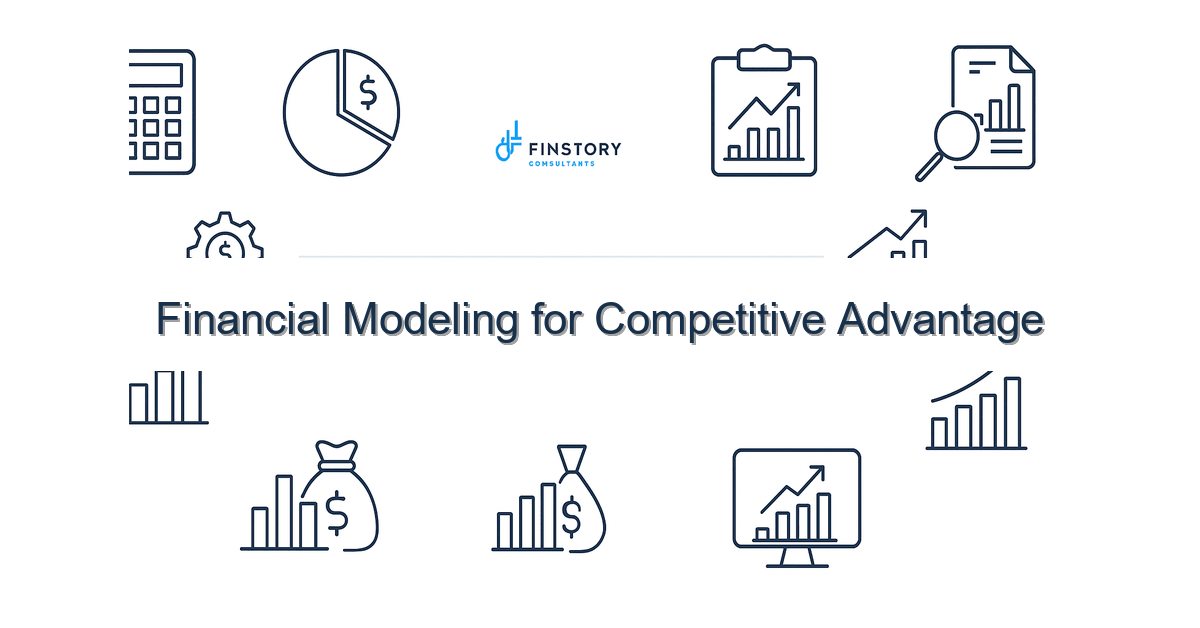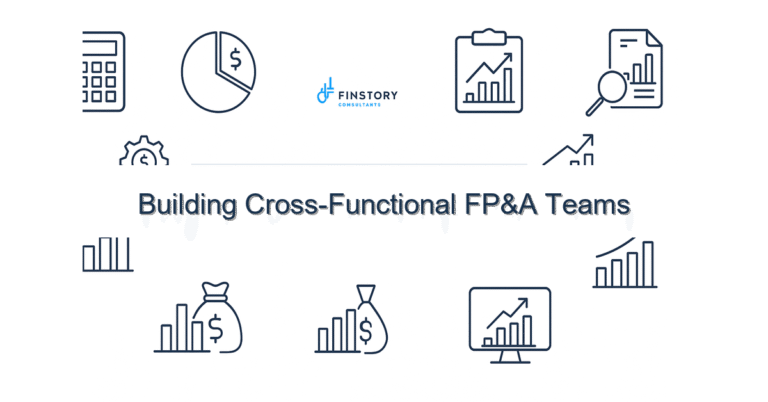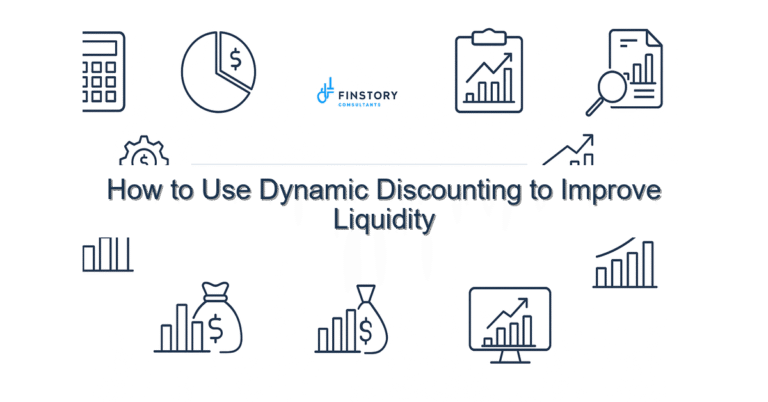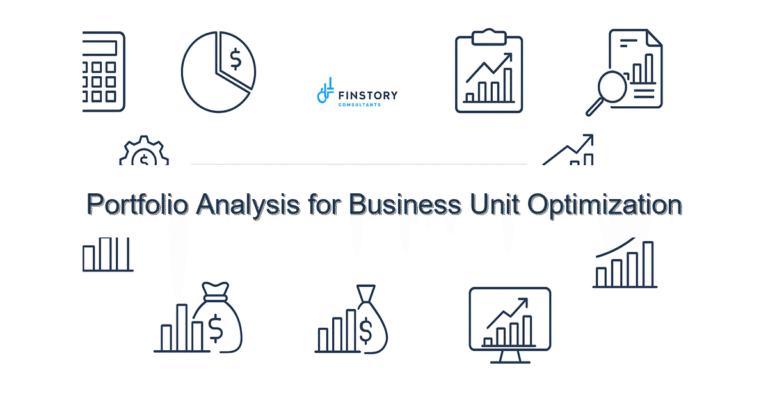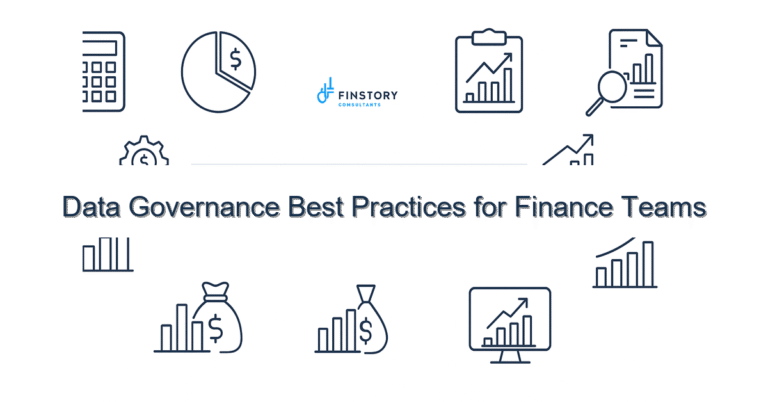Financial Modeling for Competitive Advantage
You’re juggling staffing shortages, shifting reimbursement, and executives who want answers yesterday. You need models that do more than forecast—they create an edge.
Summary: Build financial models that link operations to outcomes so your team shortens decision cycles, reduces forecast error, and quantifies margin impact—turning FP&A into a competitive advantage for healthcare operations leaders.
What’s the real problem?
Healthcare finance teams face two linked problems: models that are either too brittle or too slow. Both leave leaders making gut-driven choices instead of confident, data-backed decisions.
- Unreliable forecasts: actuals deviate wildly from plans because assumptions aren’t tied to operational drivers.
- Slow cycle time: FP&A takes weeks to refresh scenarios, so leadership acts on stale numbers.
- Opaque tradeoffs: leaders can’t see how changing staffing, length of stay, or payer mix impacts margin in real time.
- Siloed data: finance, clinical operations, and revenue cycle numbers live in different systems and don’t reconcile easily.
What leaders get wrong
Well-meaning leaders often double down on broken habits.
They ask for more detail when they actually need better linkage. They demand line-item granularity without connecting those lines to operational drivers like visits per day or case-mix index. That produces complex spreadsheets that no one trusts.
Another common mistake: treating modeling as a one-time project. A static model that looked great at month-end won’t help when volumes change mid-quarter. The goal isn’t a perfect spreadsheet; it’s a living decision tool.
A better approach to financial modeling for competitive advantage
Design models with speed, traceability, and actionability. Here’s a practical 4-step framework you can apply this week.
- 1) Define decisions first. Identify the top 3 operational decisions leaders make (e.g., staffing mix, clinic hours, surgical block allocation). Build the model around those decisions.
- 2) Use driver-based inputs. Replace flat assumptions with drivers: visits/day, average reimbursement per case, length of stay, and fill-rates. Make those inputs visible and editable.
- 3) Automate data feeds. Connect core systems—EHR, billing, payroll—so actuals update daily or weekly. Remove manual copy-paste to shorten cycle time.
- 4) Build scenario templates. Preload common ‘what-if’ scenarios (volume drop, payer mix shift, labor rate changes) so leaders can compare outcomes in minutes.
Real-world story: One mid-sized hospital reduced its budget cycle from six weeks to nine days after moving to driver-based models and automating feeds. Forecast error dropped from 6% to 2.5% in six months—freeing cash to invest in a telehealth program that grew outpatient visits 15% year-over-year.
Quick implementation checklist
- List the top 3 decisions your C-suite asks for each month.
- Map 8–12 operational drivers that most influence margin (volume, ALOS, case mix, payer mix, labor FTEs, agency hours).
- Identify one data source to automate first (payroll or billing).
- Create a clean, single assumptions tab with named inputs for each driver.
- Build one ‘standard scenario’ and one ‘stress scenario’ template.
- Publish a one-page dashboard for leadership with three KPIs and three levers they can adjust live.
- Schedule a 45-minute tabletop with operations to validate driver relationships.
- Assign a rotating owner for weekly refreshes and anomaly checks.
What success looks like
Measure outcomes, not effort. Typical measurable improvements include:
- Forecast accuracy: reduce variance from actuals from ~6% to under 3% within 6 months.
- Decision cycle time: shrink scenario build & review from weeks to 48 hours or less.
- Operational ROI: show positive margin impact from modeled changes (e.g., 2–4% margin lift from optimized staffing).
- Time saved: FP&A reduces manual consolidation hours by 30–60%.
- Leadership confidence: faster approvals and fewer rework loops in budget and capital requests.
Risks & how to manage them
Top risks and pragmatic mitigations:
- Risk: Garbage-in, garbage-out. Mitigation: Start with one trusted data feed and validate with reconciliations; add sources iteratively.
- Risk: Overcomplication. Mitigation: Keep the driver set small and aligned to the decisions you’ve prioritized.
- Risk: Change resistance. Mitigation: Run a pilot with a clinical or service line leader who’s willing to co-own the model and demonstrate quick wins.
Tools & data
Practical tools speed adoption. Use finance automation to remove manual steps, Power BI or similar for leadership reporting, and a central data layer to reconcile EHR, billing, and payroll. When models are connected to reliable data, leadership reporting becomes timely and trustworthy.
For example, use your ERP or a lightweight data warehouse as the single source of truth; push summarized driver metrics into Power BI dashboards that link back to a driver-based model in Excel or a modeling tool. That hybrid approach balances flexibility and governance.
FAQs
What is financial modeling for competitive advantage? It’s building driver-based, connected models that inform operational choices and create measurable margin or growth improvements—rather than just producing static forecasts.
How long does it take to see value? You can prove value in 6–12 weeks with a focused pilot: automate one data feed, build driver logic for one service line, and measure forecast improvement and cycle time reduction.
Do we need to replace our existing tools? Not usually. Start by connecting and layering—use existing ERPs, Excel models, and Power BI. Replace only when scale or governance demands it.
How do we get clinicians engaged? Tie model outputs to clinical levers they control (hours, scheduling, throughput) and run short validation sessions so they see the impact on operations and patient access.
Next steps
If you want to turn financial modeling into a strategic engine for faster, better decisions, start with a pilot that targets one service line and one decision. Use driver-based inputs, automate a critical feed, and present scenarios in a one-page leadership dashboard.
Need a partner to design the model, stand up the data feeds, and train your team? Contact Finstory to scope a pilot that proves value in 6–12 weeks.
Resources: see our posts on Rolling forecasting in healthcare and our Financial planning services. For analytics and dashboards, explore our analytics and reporting work.
Work with Finstory. If you want this done right—tailored to your operations—we’ll map the process, stand up the dashboards, and train your team. Let’s talk about your goals.
Contact: To discuss how financial modeling for competitive advantage can work in your organization, reach out to Finstory for a brief discovery call.
📞 Ready to take the next step?
Book a 20-min call with our experts and see how we can help your team move faster.
Prefer email or phone? Write to info@finstory.net
or call +91 44-45811170.
